What is the use of blue LED plant lights
It is true that plants in the vegetative stage like blue light.
But plants don't just want blue light. If they can also brighten in all other colors (especially red), they will do much better. They want: mainly blue and a lot of red, and some other colors. In other words: full spectrum lights.
So what's the use of Blu-ray?
Well, they do work for vegetables, they are just not ideal, so is seeding, blue LED panels and bulbs are best for supplemental lighting.
If your main light is mainly red, then blue lamp beads are a good way to increase the blue light illuminating the plants. The fixing device of the red lamp bead is usually used for flowering. By providing some extra blue light during the vegetable planting stage, you can provide better light to the plants at that stage without having to buy brand new lighting equipment. And blue LED lamps are very cheap, which is a good cheap way to promote plant growth.
How does blue light affect plant growth?
Blue photons drive the photosynthesis reaction, and blue light regulates the opening of stomata. These are tiny openings in the leaves that control the intake of carbon dioxide from water loss. For us, the most important function is that blue light inhibits elongation growth. This results in shorter plants with thicker, denser leaf growth. Without blue light, plants will stretch and grow slender and weak.

The best blue LEDs for vegetables and seedlings: H-Great V2.14
This blue lamp bead LED is used to enhance the effect of vegetables. It has ultra-high PPE, 3.09 (umol/J)@350mA, 2.83 (umol/J)@700mA, provides high cost performance and lower thermal resistance, low expansion coefficient, Very low light attenuation, and passed Q90, LM-80, ROHS, UL and other certifications.
So why do most people like white light vegetables and seedling lights?
Because white light is far better for plants than blue light, white light contains all the colors of the spectrum, just like sunlight. And this is exactly what plants really want.
H-Great V2.14 is a high-quality diode with a color temperature of 3500K and a PPE as high as 3.15umol/J@350mA, which is higher than similar products. Has passed LM-80 certification, 53,000 hours of luminous flux maintenance rate reached 90%, can be guaranteed for five years. This is a warm white light, which is actually suitable for any growth stage, but it contains a lot of blue light, which is especially suitable for vegetable cultivation. The luminaire also has a 470 nm blue diode to complement the white light and provide a real enhancement effect.
H-Great V2.14 is known for its efficiency. Compared with other LED lamp beads, they can provide you with larger wattage input and output. This is mainly due to high-quality chips and high-quality drivers, both of which are industry standards. The drive is also dimmable, from 90 to 270 watts. This means you can turn down the power when you don't need strong light, thus saving money. For example, if you use it for seedlings, you may not need to use it at full power.
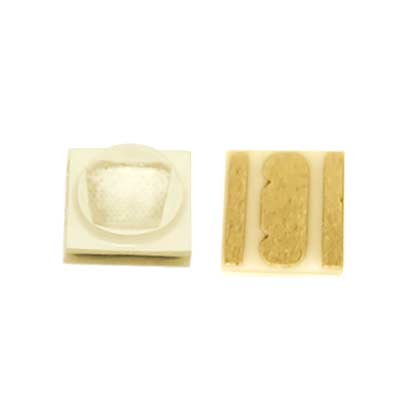
Due to the configuration of H-Great V2.14 , it provides you with a large and uniform coverage area, with many smaller diodes distributed on a large panel. This also means that they can be passively cooled, so no noisy fans are needed to dissipate heat. H-Great provides a 5-year warranty for their lights, if you have any questions, they are very good at follow-up service. Customer service is an area where they have made a lot of improvements in the past year.
We have conducted a comprehensive review of H-Great lamp beads here.
advantage:
Excellent spectrum of a mix of 470 nm blue and 3,500K white diodes
Incredible 3.09umol/J efficiency
Very high-quality components
shortcoming:
Actually just add lamp beads

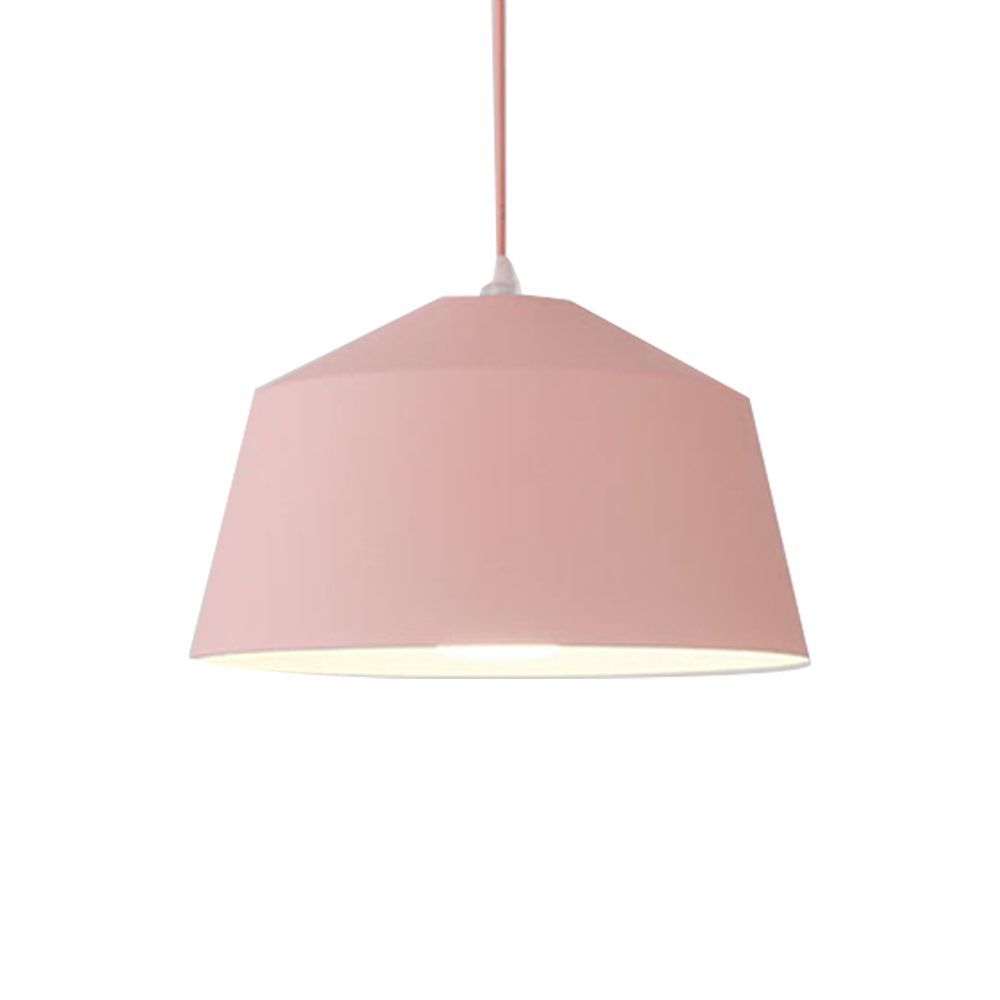
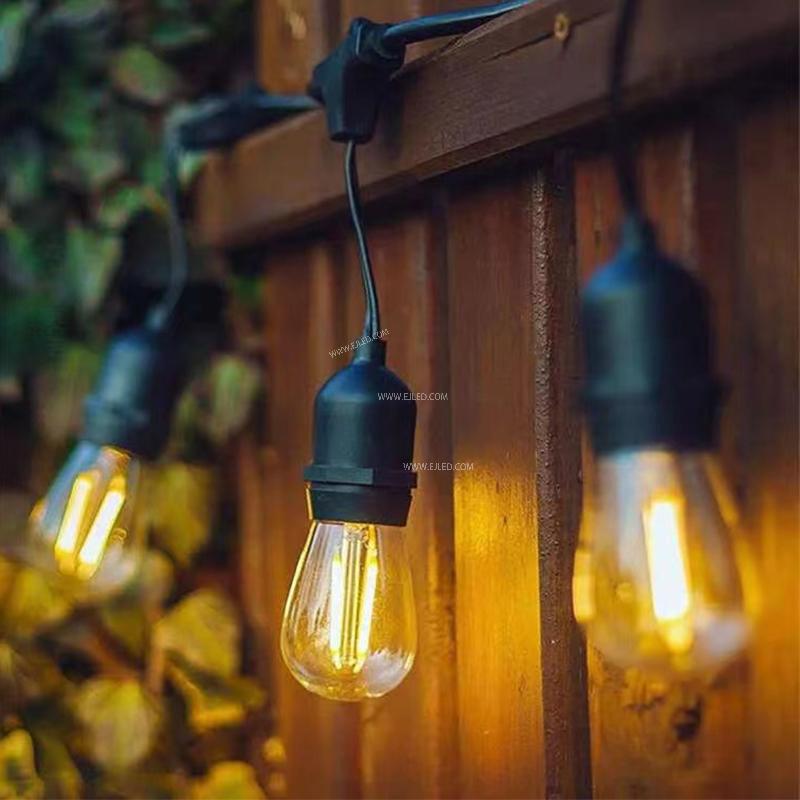
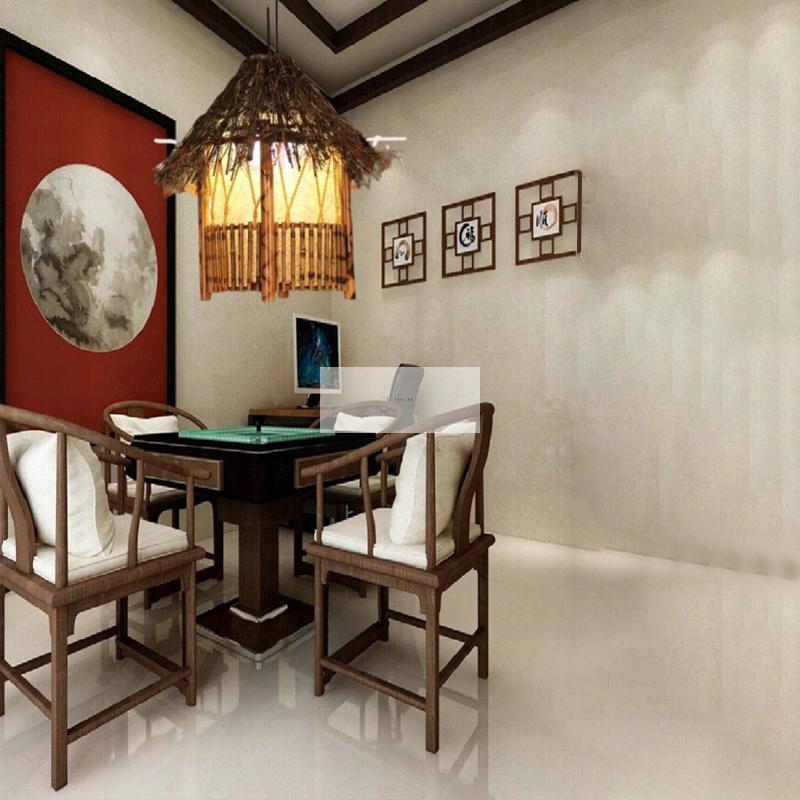
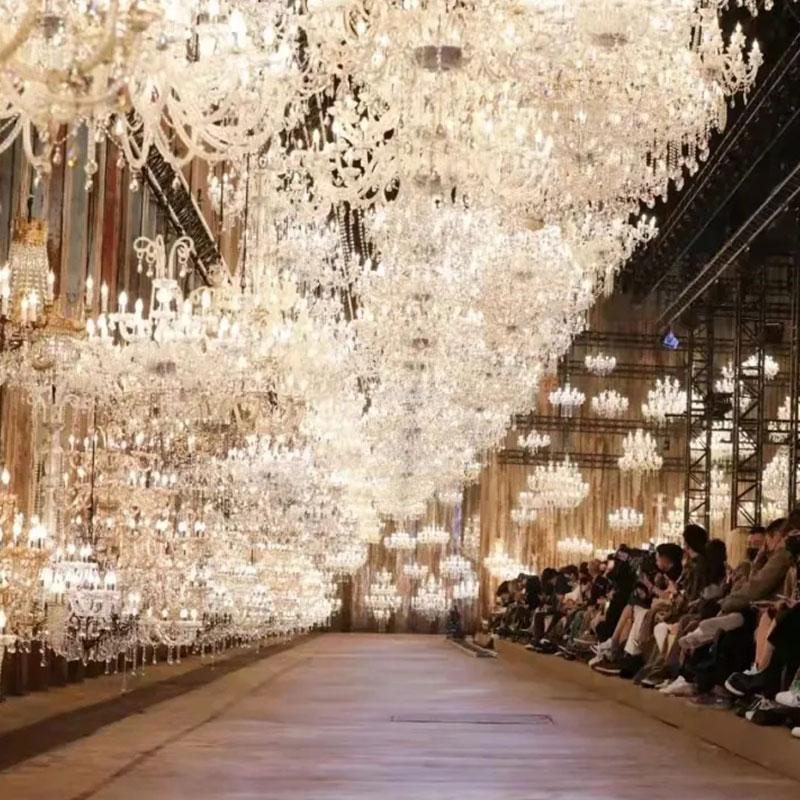
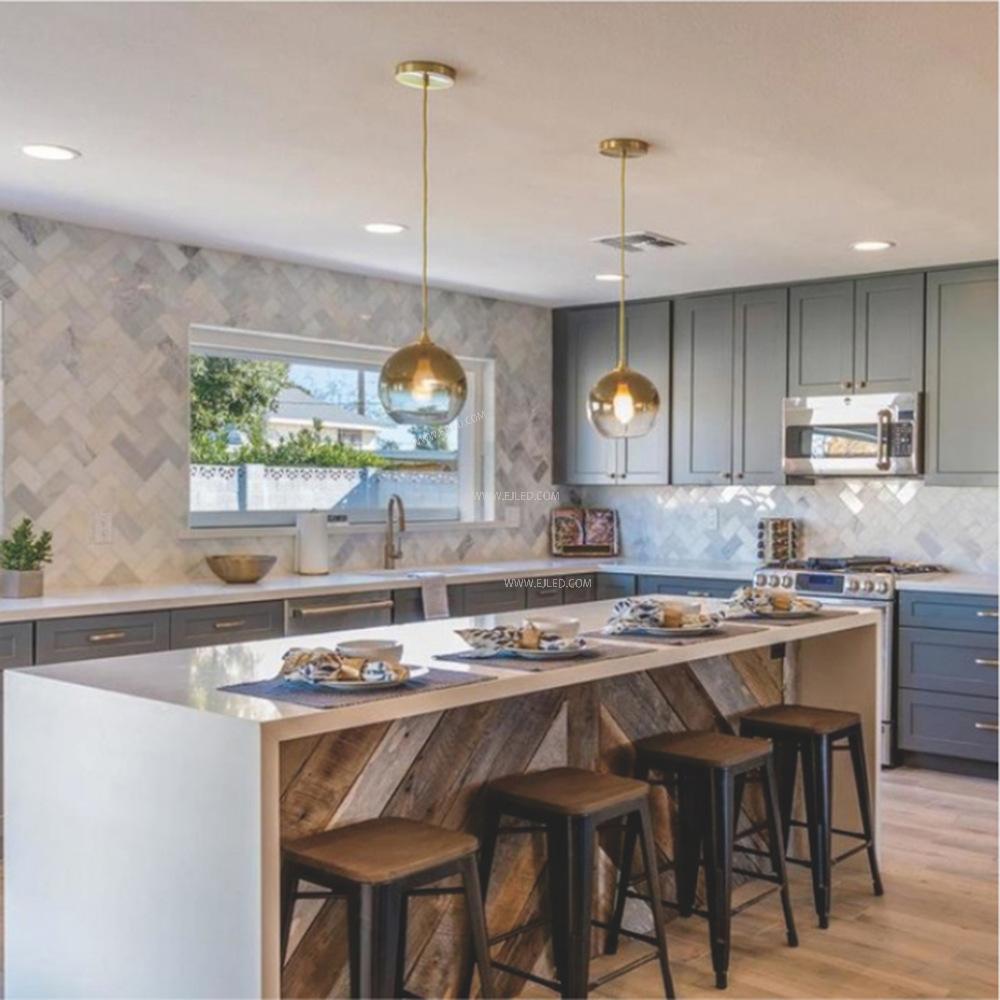
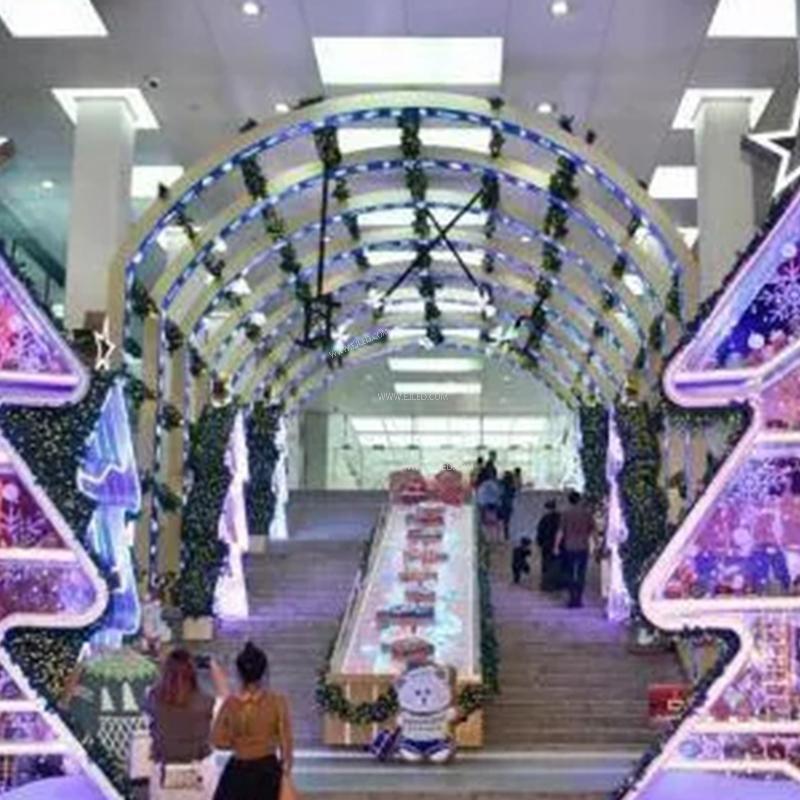
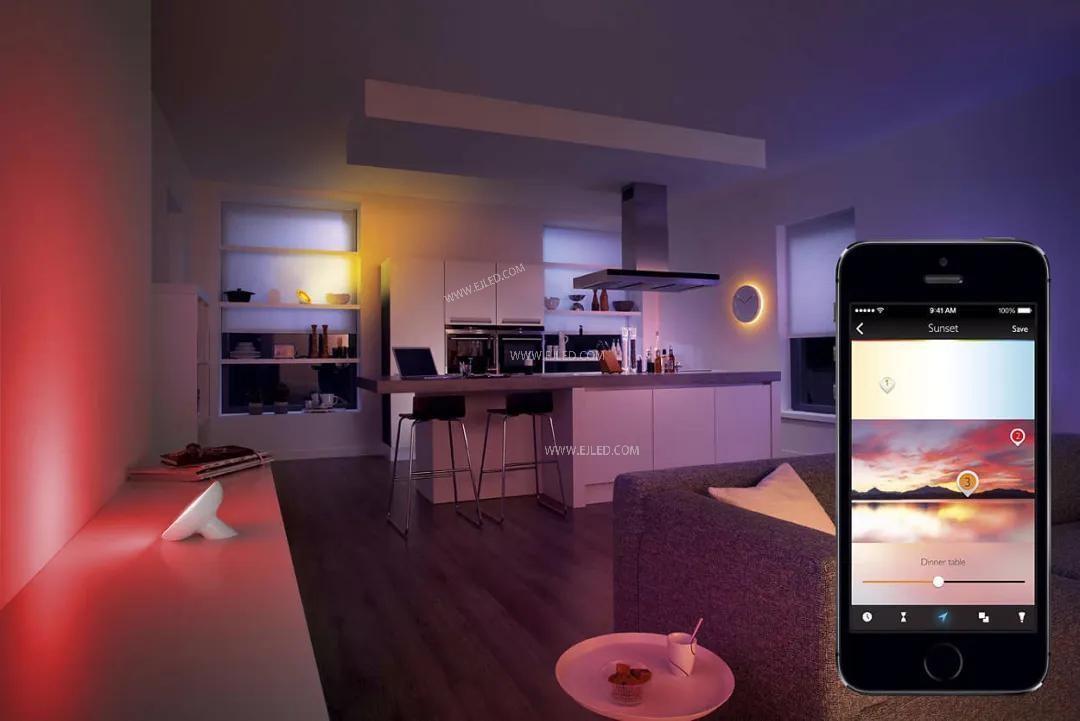
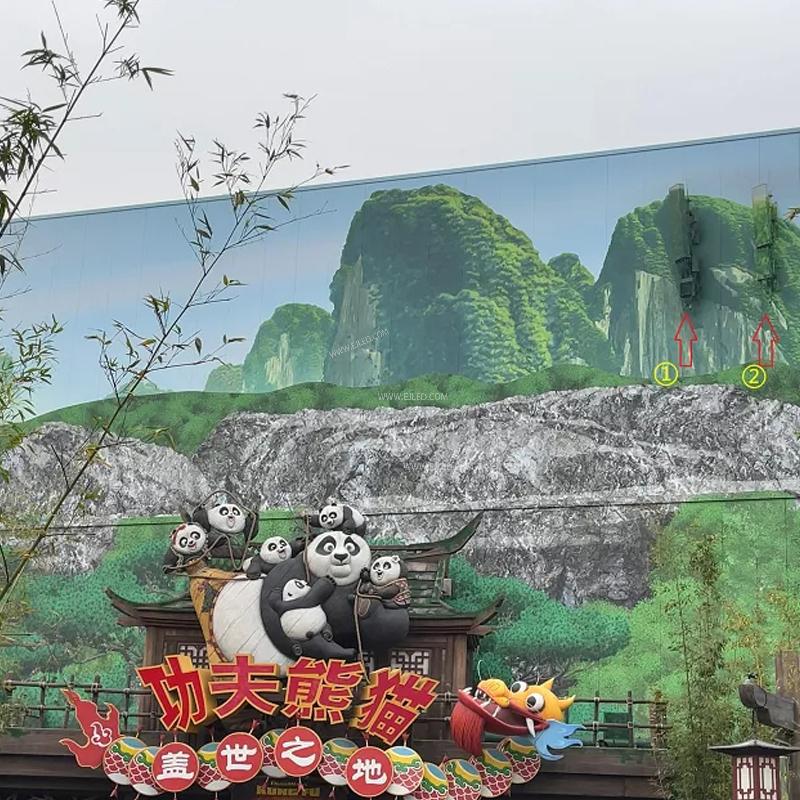
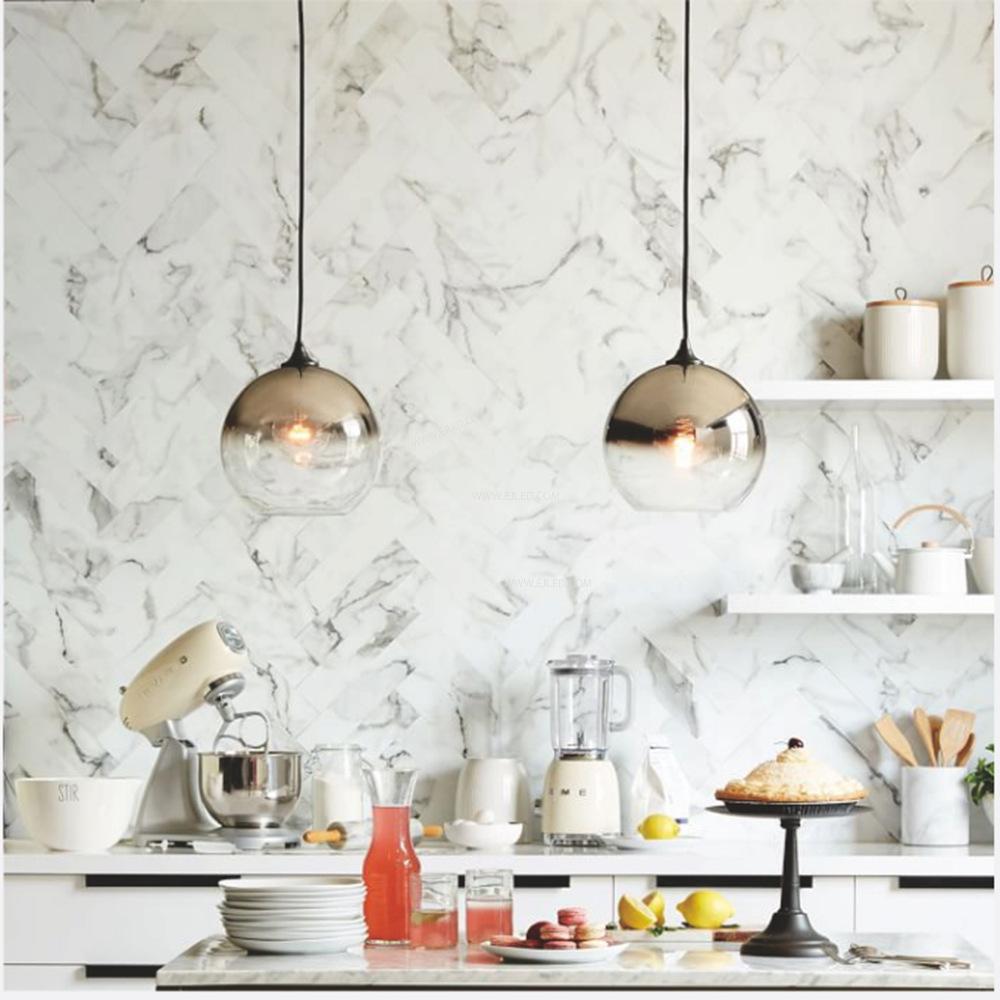
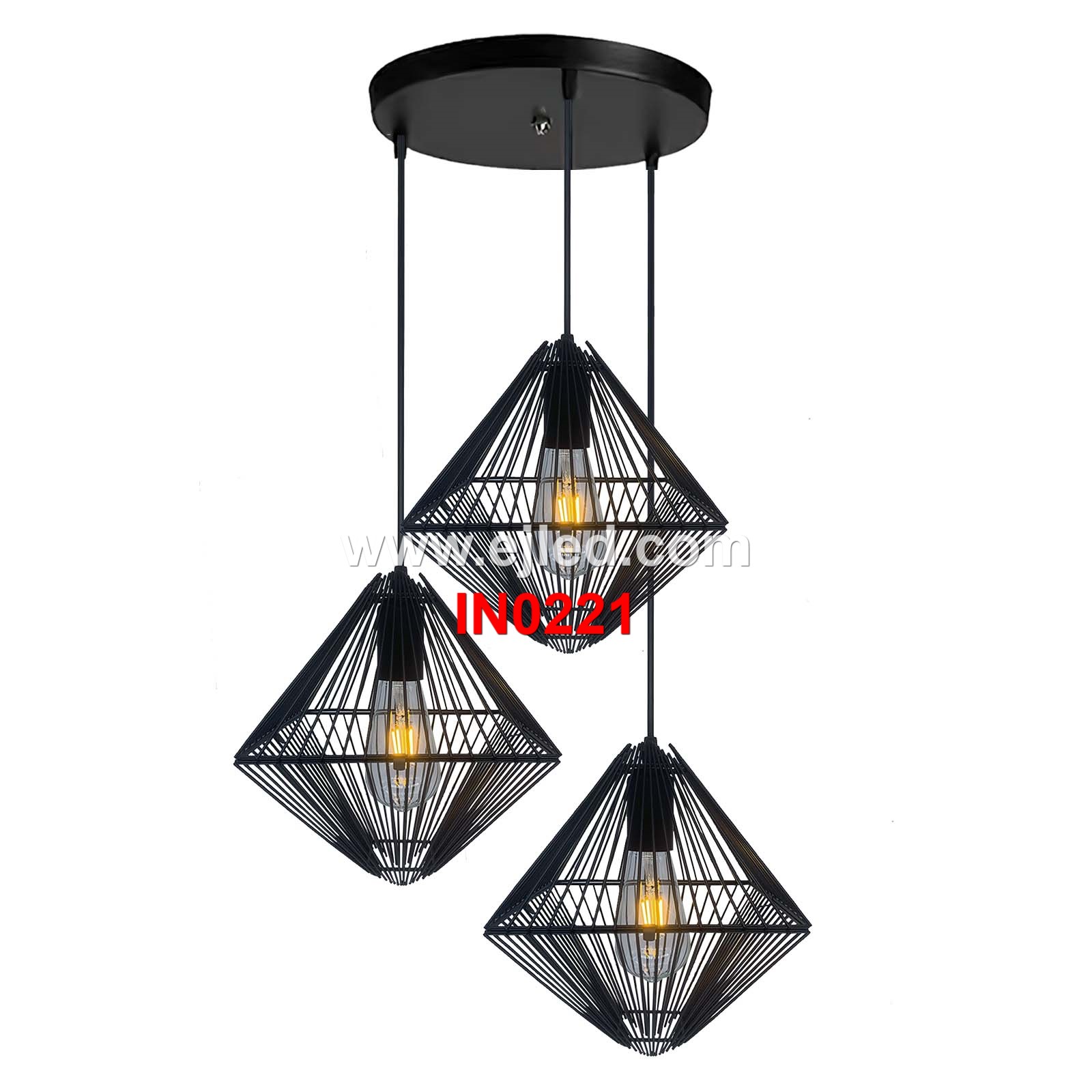
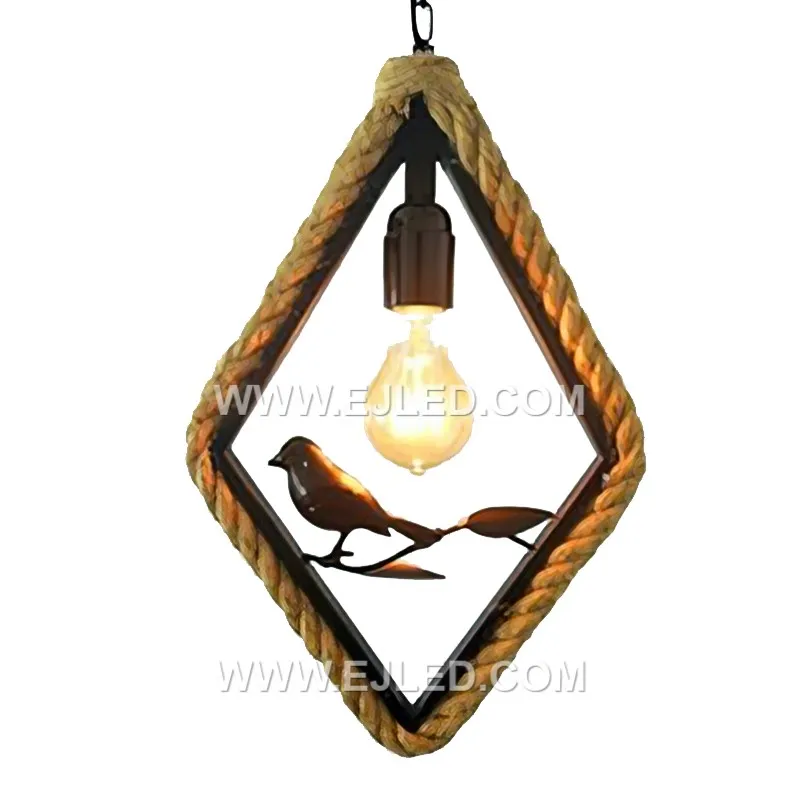
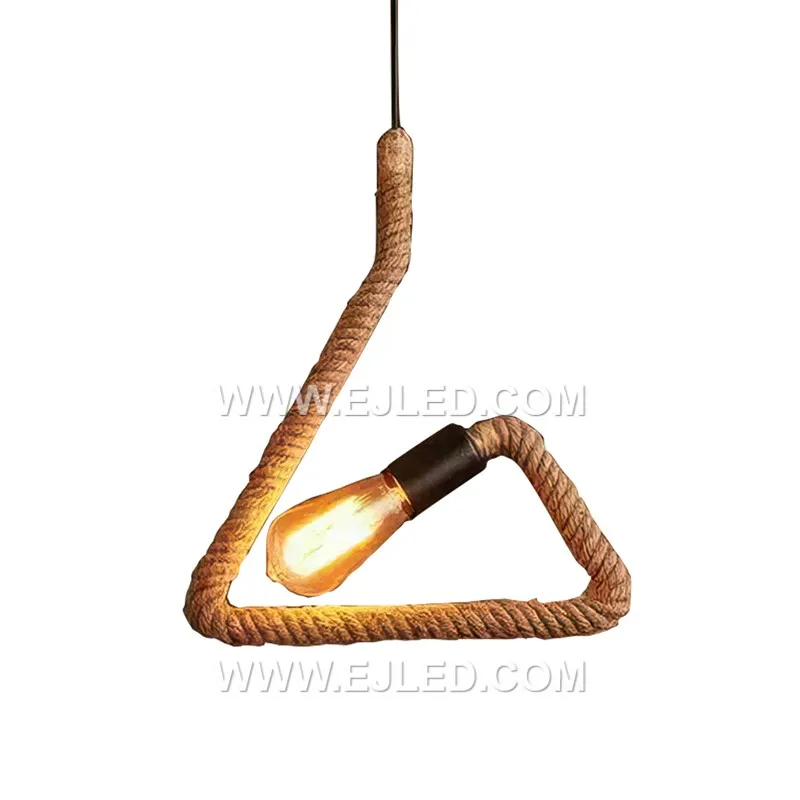
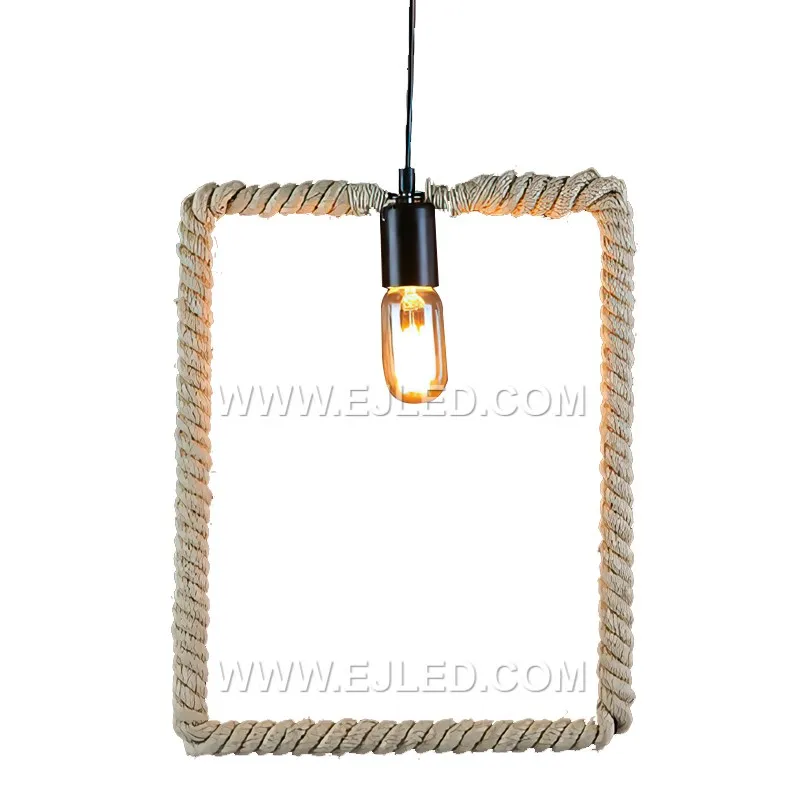
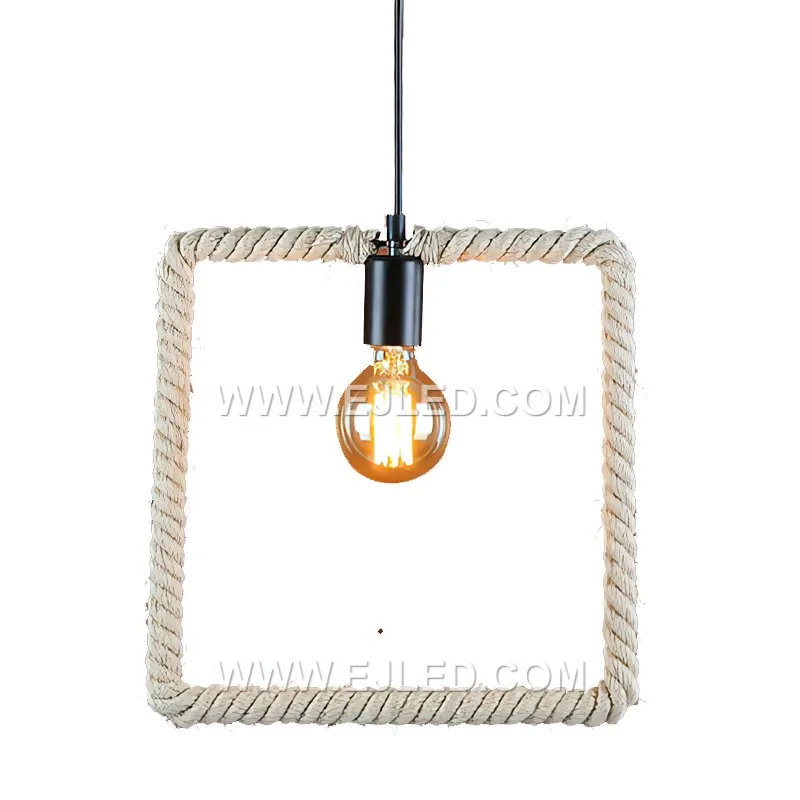
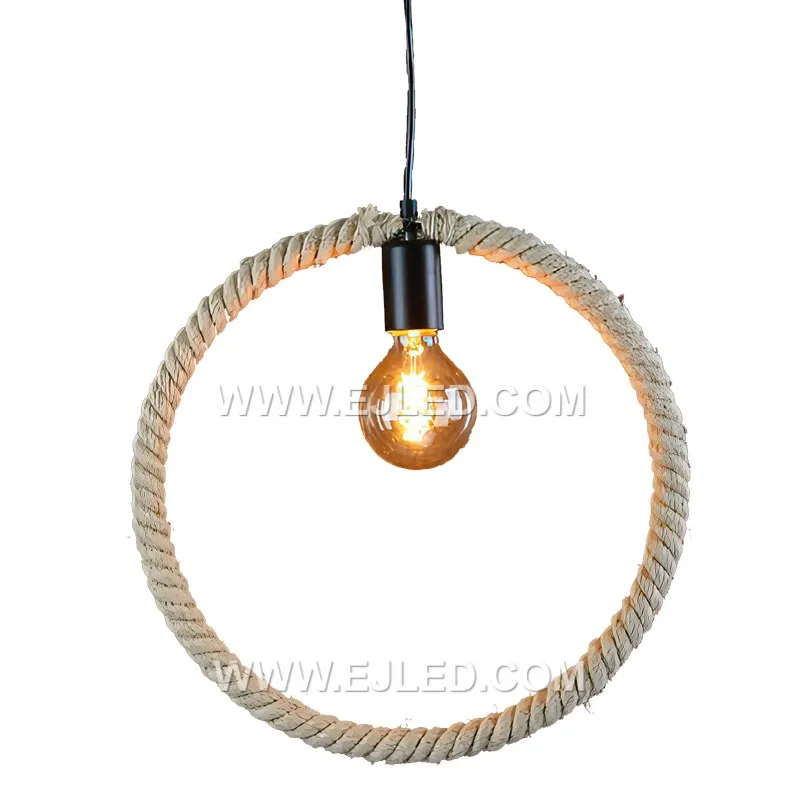
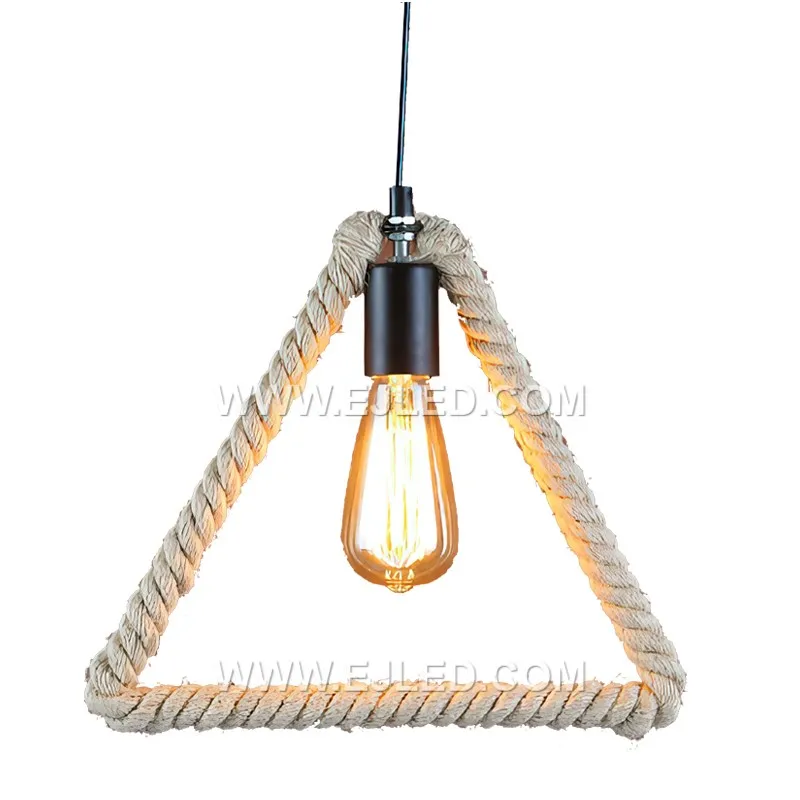
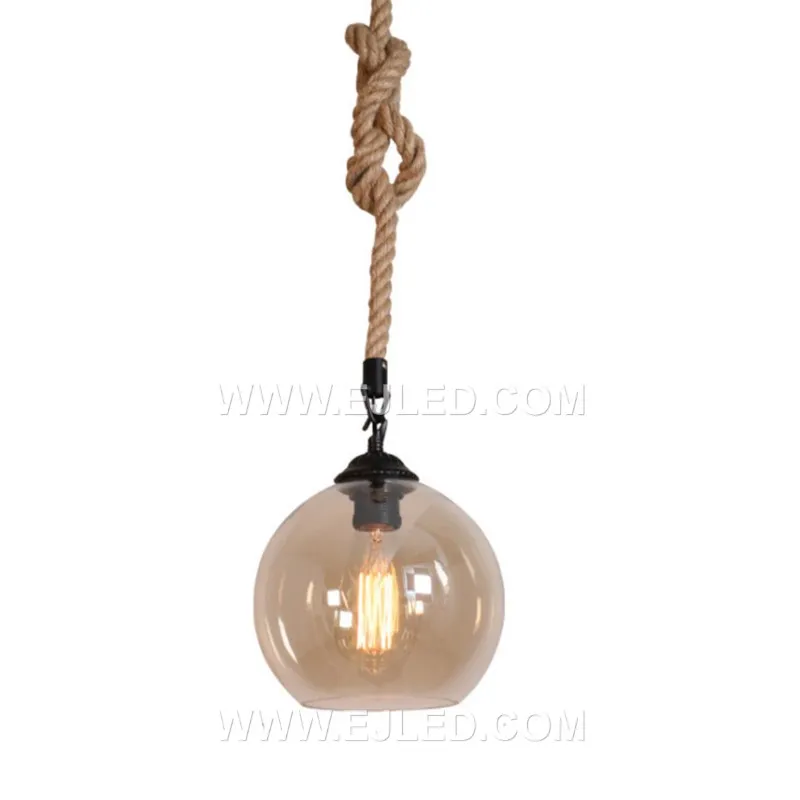
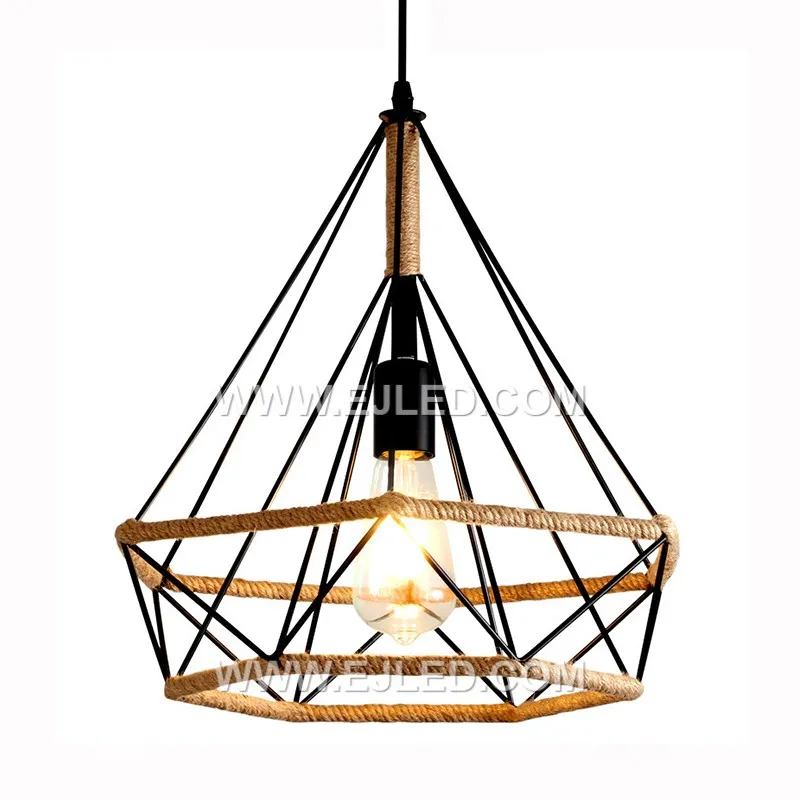
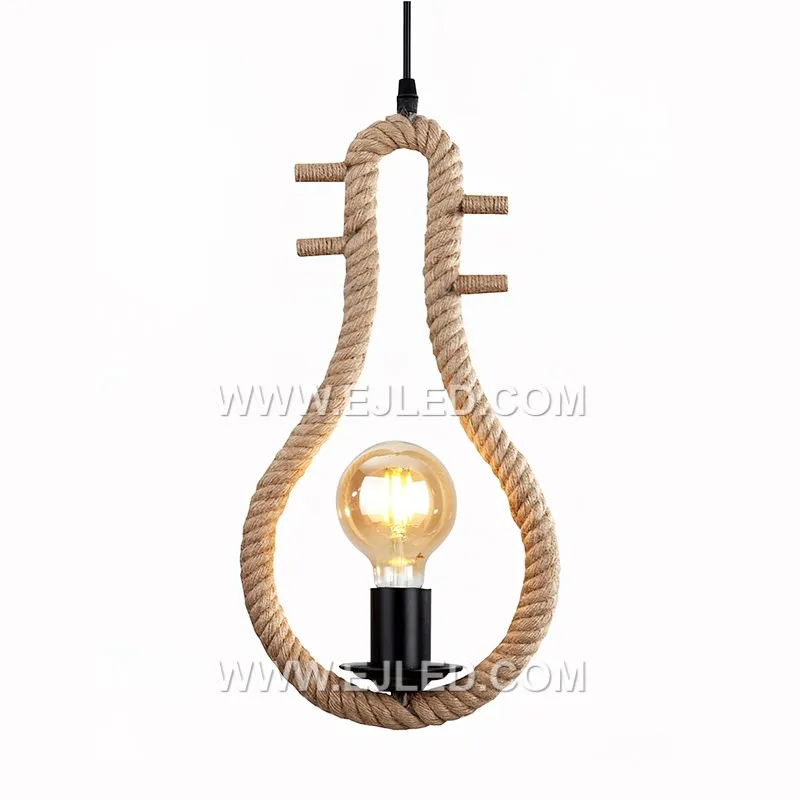
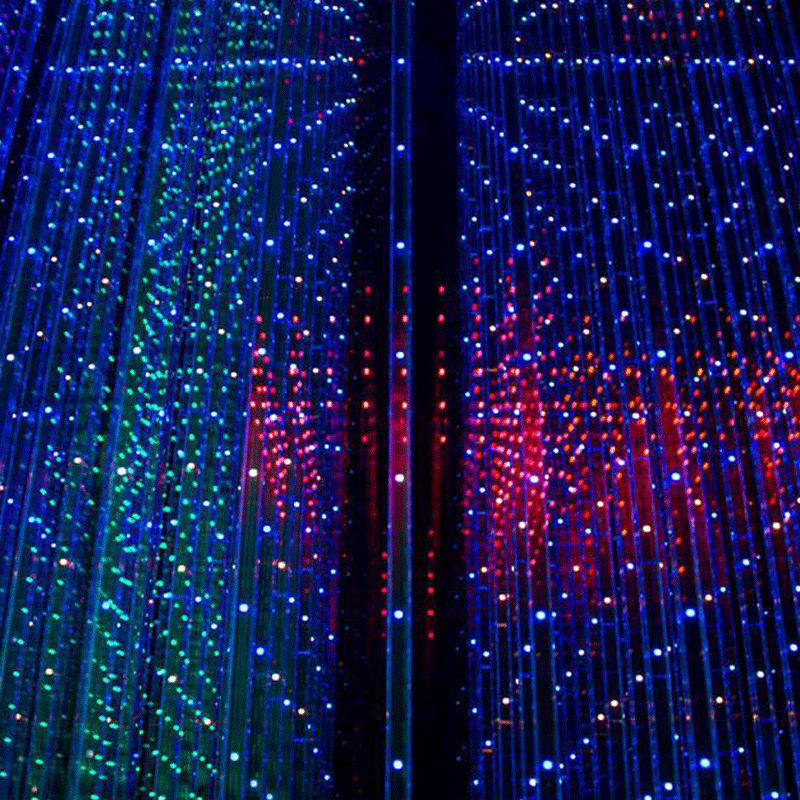
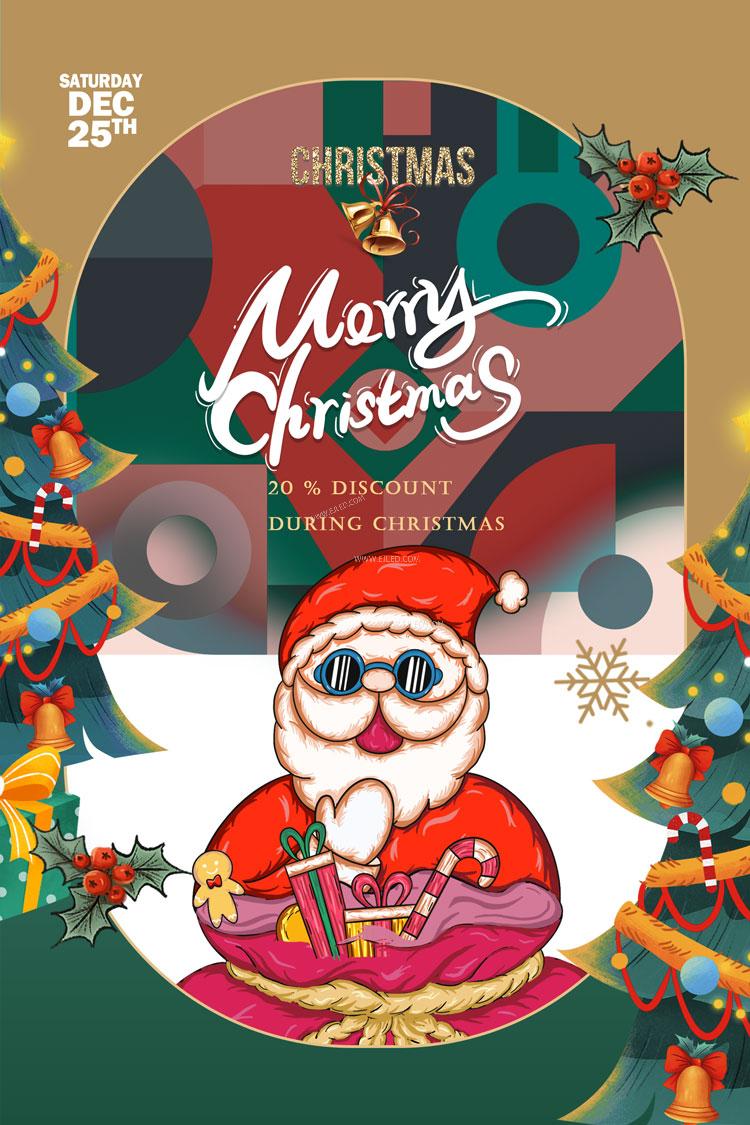
Leave a comment